We went 'glamping in the wild' at the Singapore Zoo – here’s what you can expect
The popular outdoor dome tent experience is back for its third edition from Apr 1. CNA Lifestyle was invited to spend a night at the zoo and here’s what went down.
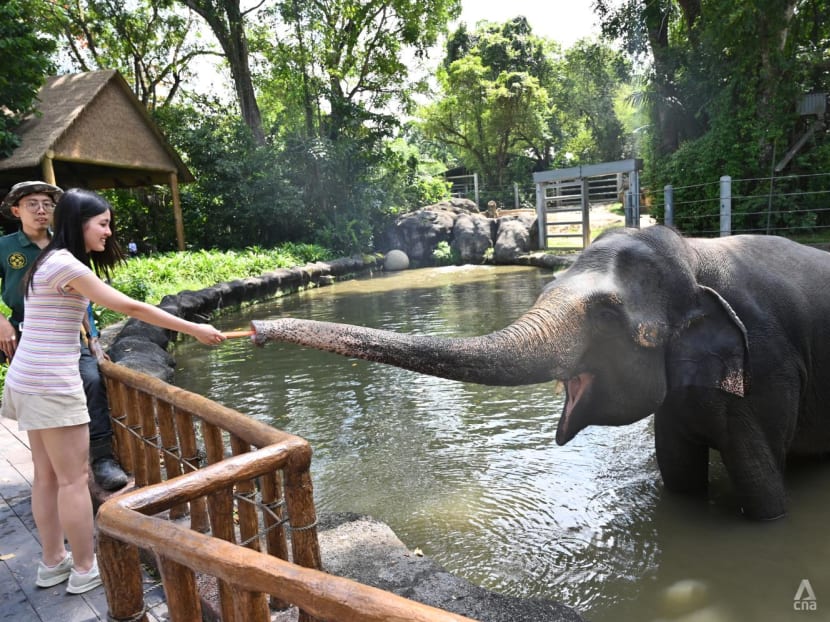
A participant of the Glamping in the Wild experience feeds a carrot to Jati, an Indian elephant, during the Meet our Asian Elephants activity. (Photo: CNA/Jeremy Long)
Imagine spending the night in an air-conditioned tent under the stars, surrounded by lush greenery and with animals all around you. Here’s your chance to experience all of this – and you don’t even need to go on an African safari.
The Singapore Zoo’s Glamping In The Wild is back for its third edition on Saturday (Apr 1). Priced at S$1,699 for four people, the unique outdoor dome tent experience will be held on select dates in April before resuming in October and running until early 2024.
This year’s edition has been refreshed to provide guests with behind-the-scenes access to the zoo’s inner workings. These include visiting the Wildlife Nutrition Centre to visit the central kitchen where all the food is prepped for the animals, and the Wildlife Healthcare and Research Centre where one can catch a vet in action.
CNA Lifestyle was recently invited to try out the experience and here’s a peek at what I did during my two-day, one-night stay.
Fancy retreating to air-conditioned tents after a day of meeting and greeting the animals at the Singapore Zoo? We got a taste of the zoo’s Glamping In The Wild programme.
DAY 1
1.30pm: I arrived at the zoo entrance and was greeted by friendly Mandai staffers who ushered us into the Learning Centre’s auditorium (regular guests will be directed to the glamping site). The very first thing that caught my attention was the lone polar bear statue that stood in the corner at the entrace – turns out, it was Sheba, a beloved icon of the zoo, which has been preserved by a taxidermist.
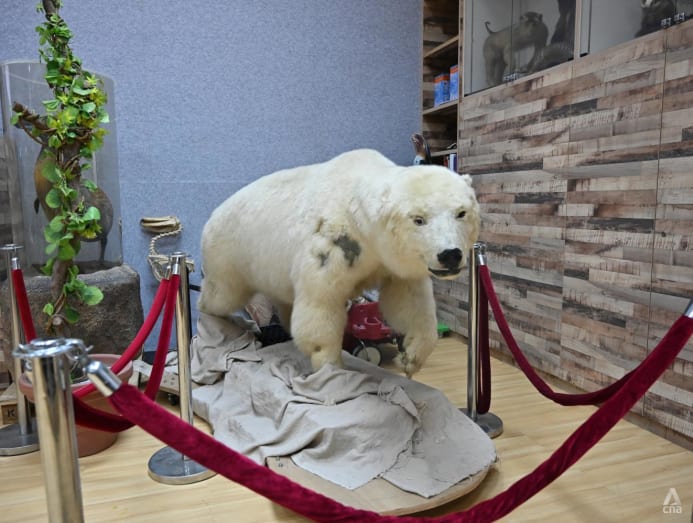

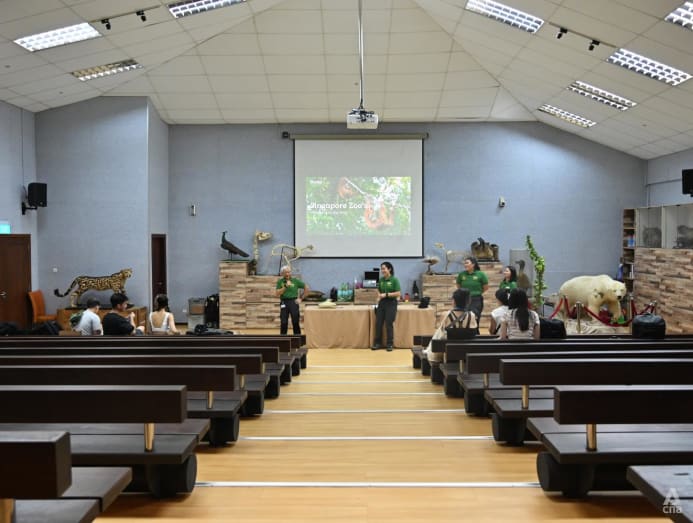
2.15pm: After a brief introduction, we headed out. Our bags were transported to the glamping site while we headed for our first activity of the day – to “Meet our Asian Elephants”. On the way, I was lucky enough to catch a glimpse of a white tiger as it took a dip in the water.
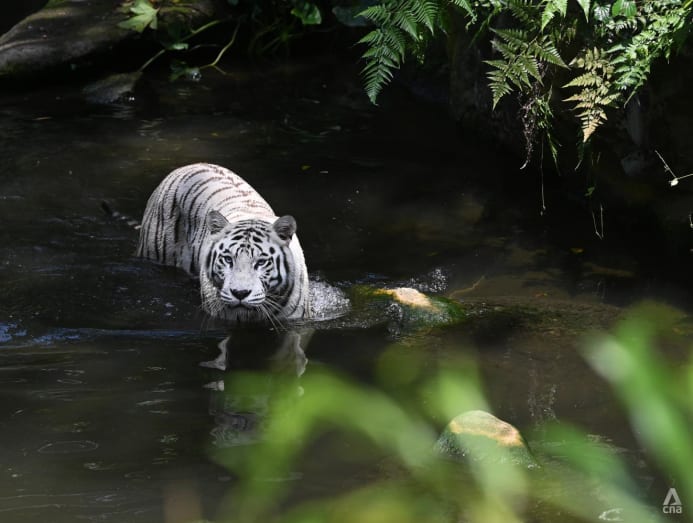
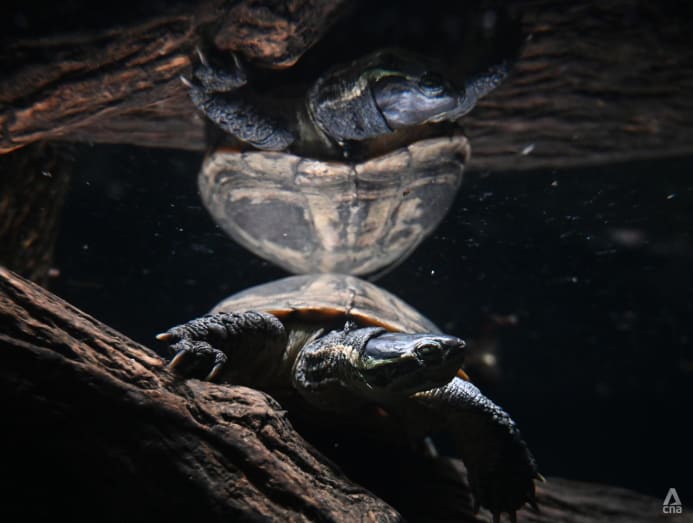
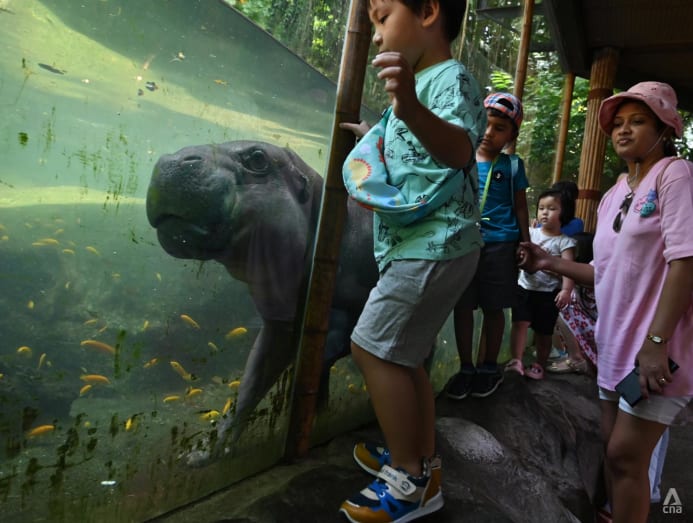
2.45pm: Seeing the elephants was fun. There was Jati, an Indian elephant who was born in 1984, and Komali, a Sri Lankan elephant born in 1970. And we all had the chance to touch and hand-feed them. Jati’s quite nimble with her trunk, which felt rough and hairy. Definitely an experience.

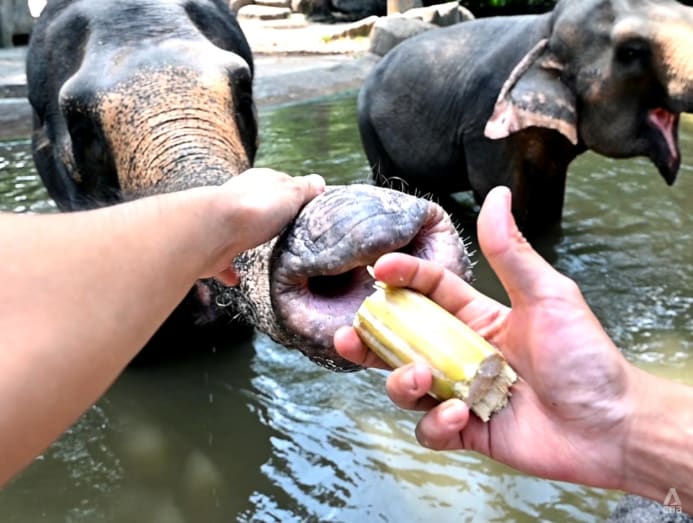
3.30pm: We then went to two places that are new for this edition: The Wildlife Healthcare and Research Centre, and the Wildlife Nutrition Centre. I had a behind-the-scenes look at the dry store, where about a week’s worth of animal food is kept in an air-conditioned storage facility before it gets restocked.
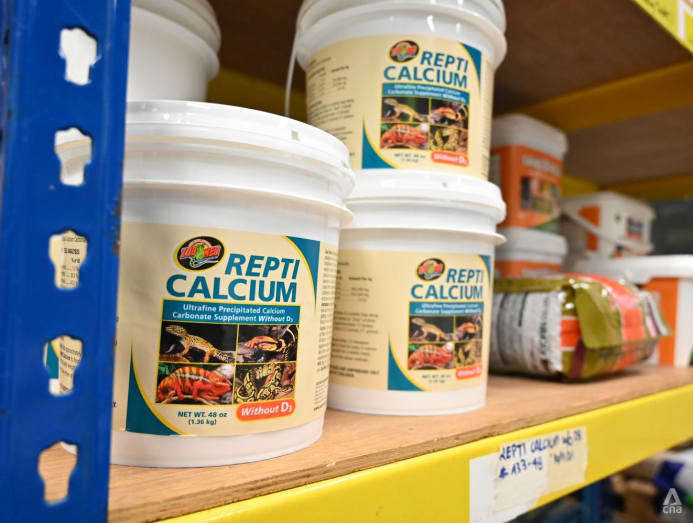
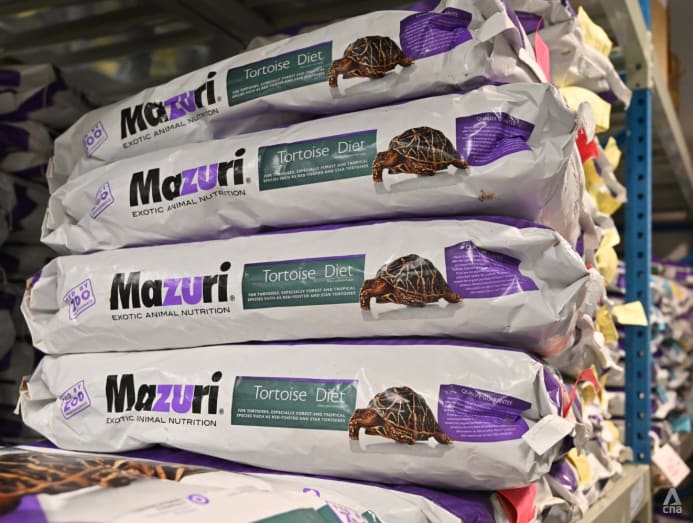
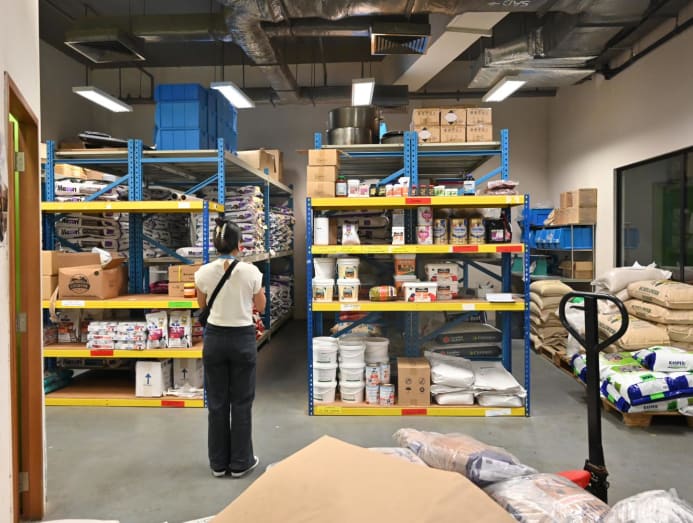
The central kitchen, where all the food is prepped, is located within the Wildlife Nutrition Centre compound. This is where the meat and vegetables are chopped up and divided into specific portions for the different animals’ diet. A team of nutritionists would plan diets that closely replicated what the animals would eat in the wild.
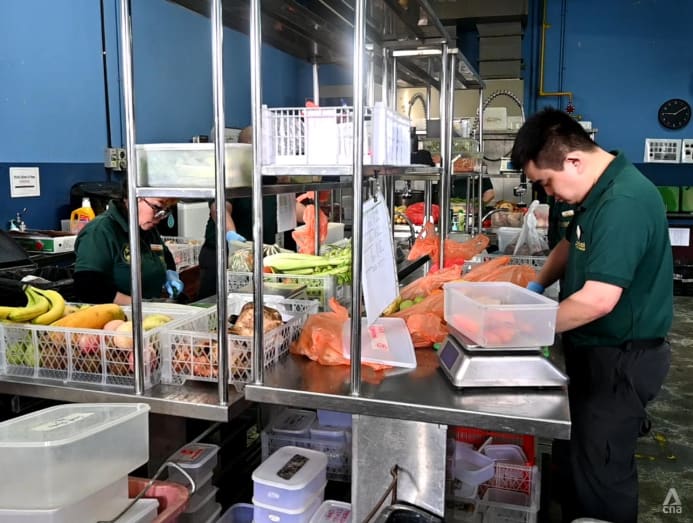
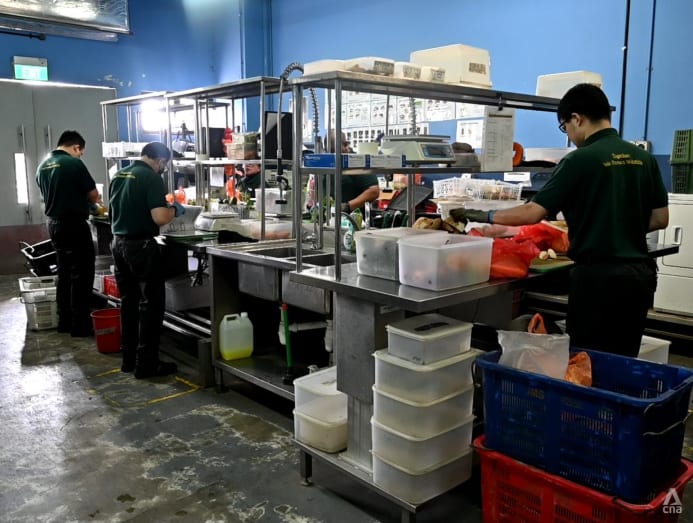
The final part of our special backstage pass – which isn’t accessible to the public – was at the Wildlife Healthcare and Research Centre. Here’s where you might get to see the vets in action at the veterinary hospital. Unfortunately (or fortunately for the animals), there weren't any cases when we visited.
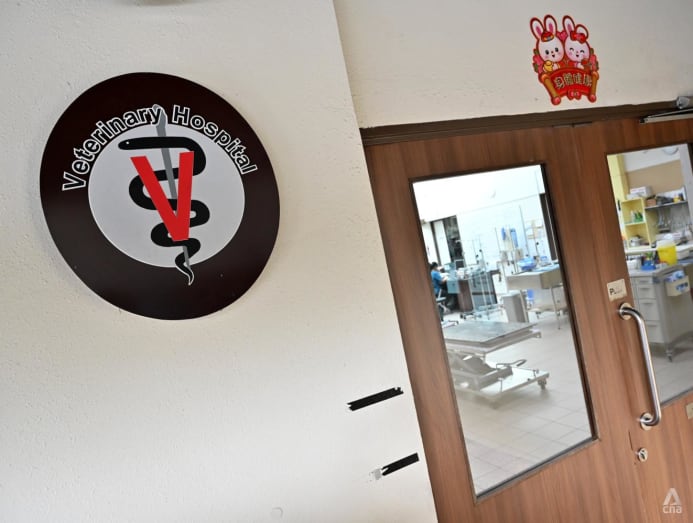
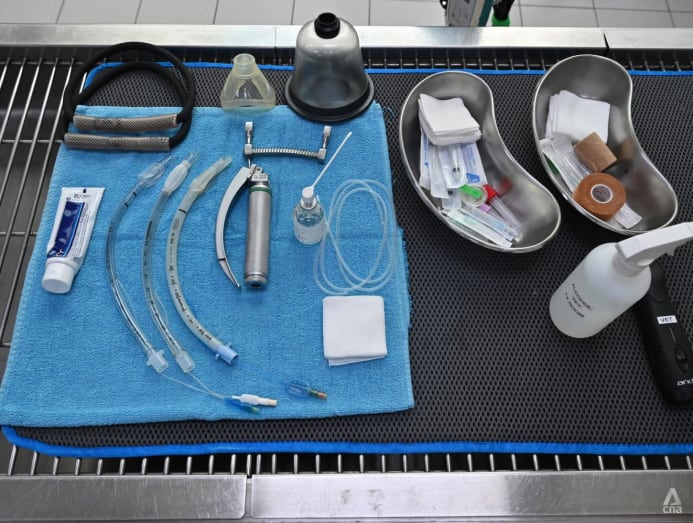
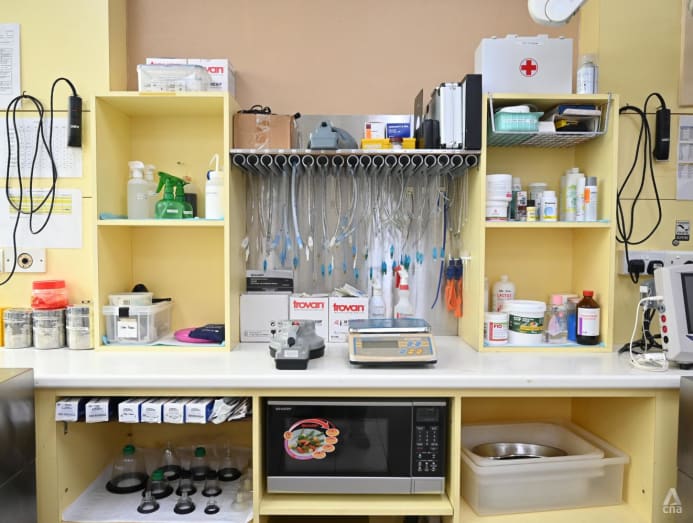
5.00pm: After a peek at what goes on behind the scenes, it was off to the Splash Safari Presentation, which offers a hint at what to expect – especially if you’ve got front row seats. The adorable Philipp, a 22-year-old Californian sea lion, can get very excitable, which means you can get very wet.
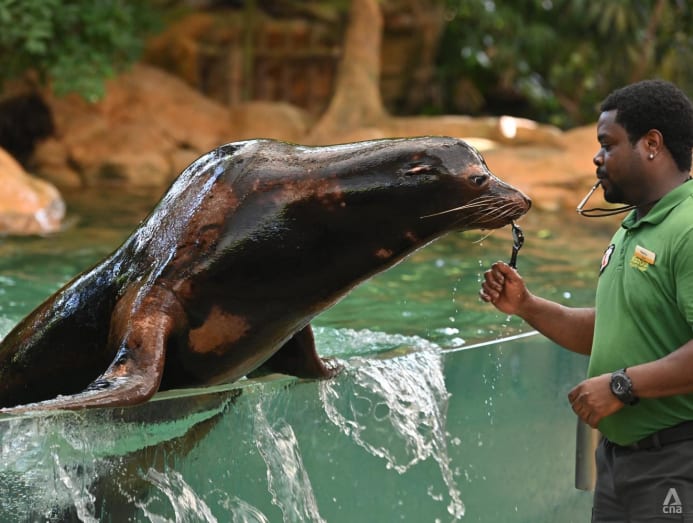
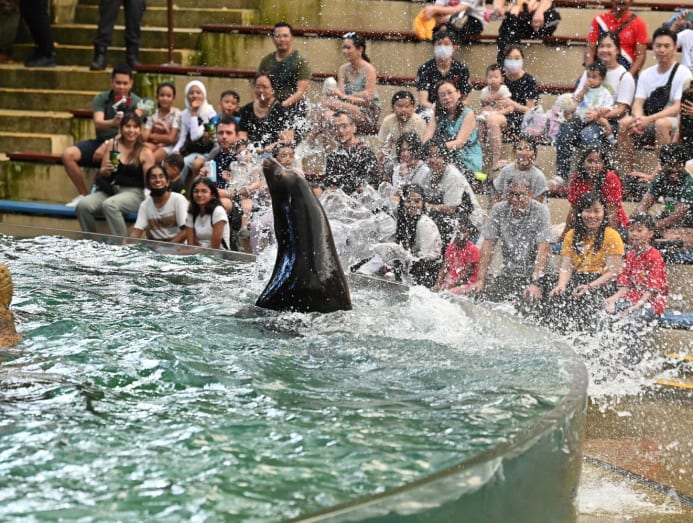
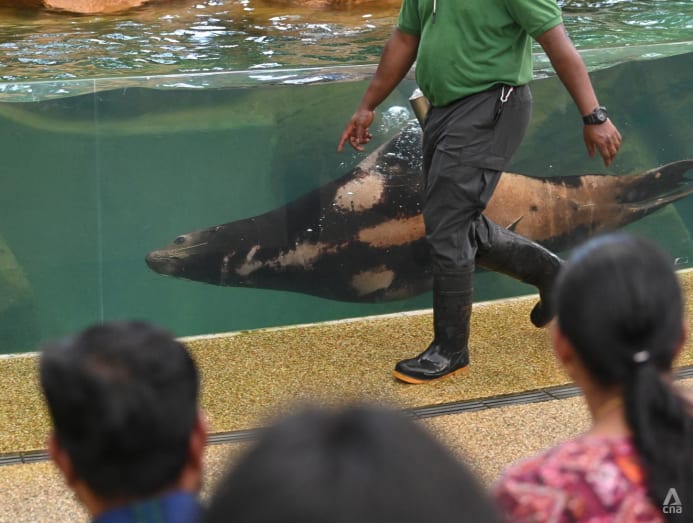
5.30pm: The Wild Africa Guided Tour was the last activity before dinner. And if you’ve never seen wild African animals, or been to an African safari for that matter, this is definitely one of the highlights. Be prepared to whip out your cameras.
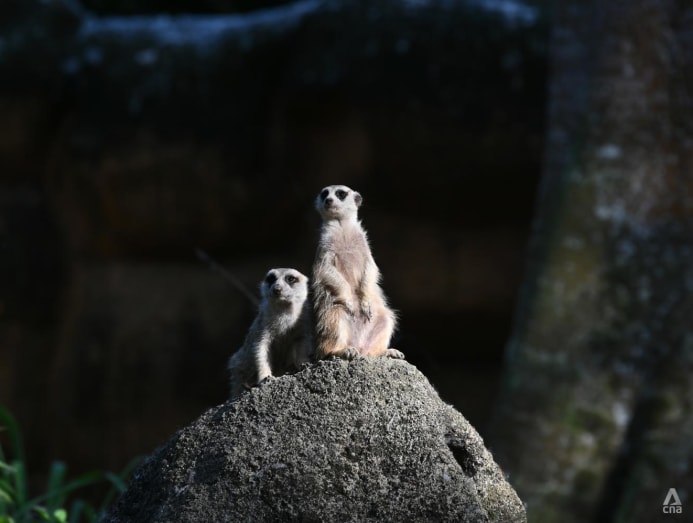

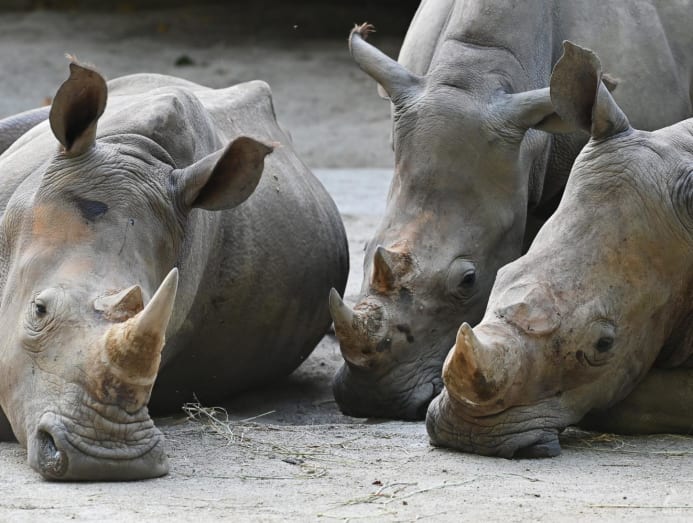
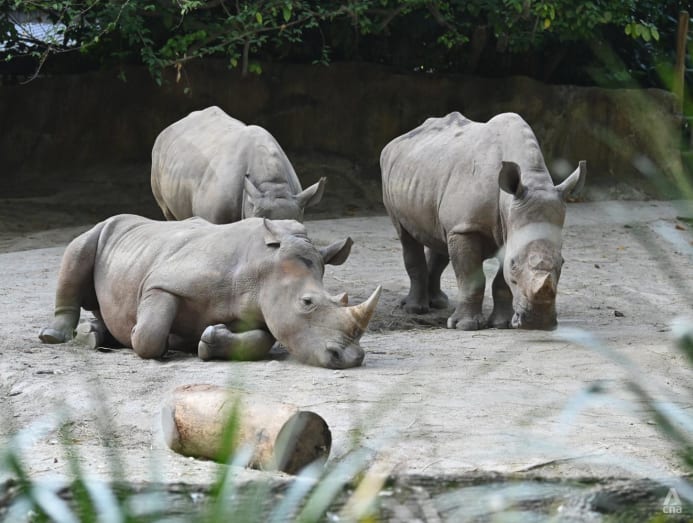
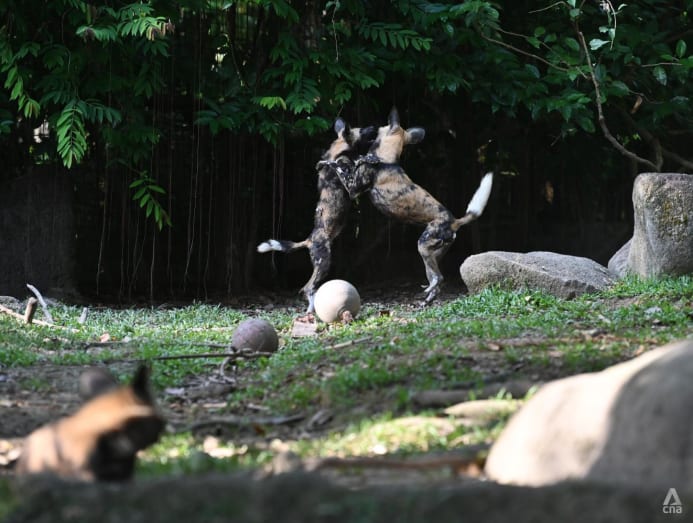
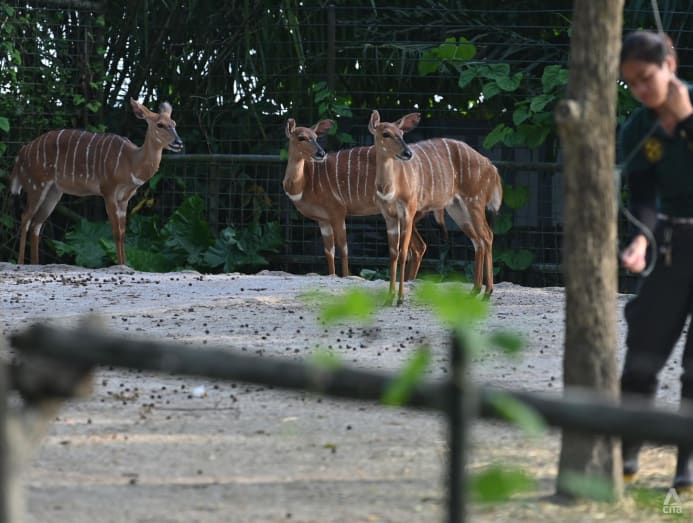

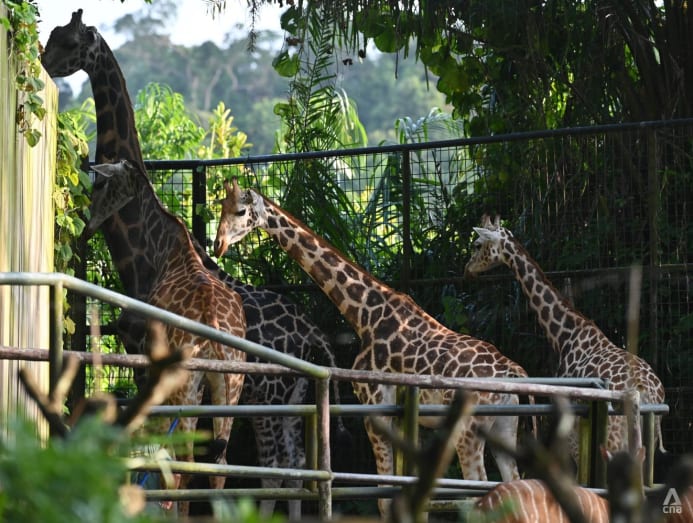
After this, you head over to Ah Meng Restaurant – but don’t forget to enjoy the evening walk, made more enjoyable by the setting sun’s rays glimmering through the trees. I was also pleasantly surprised to see the footpath being covered with “cotton-like” fibres from the kapok tree.
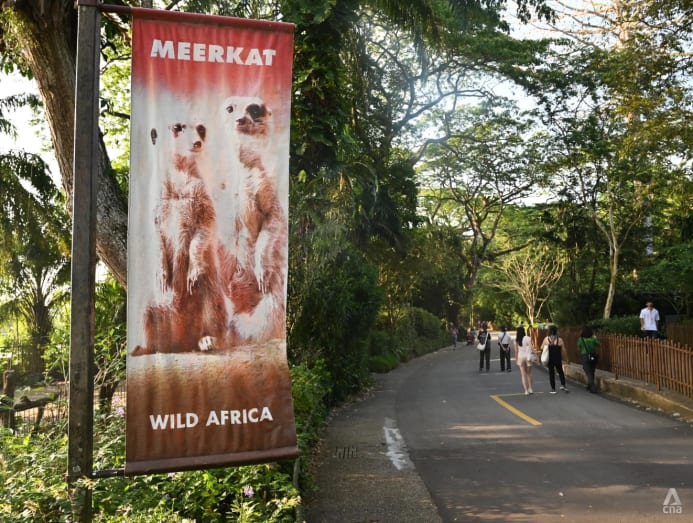
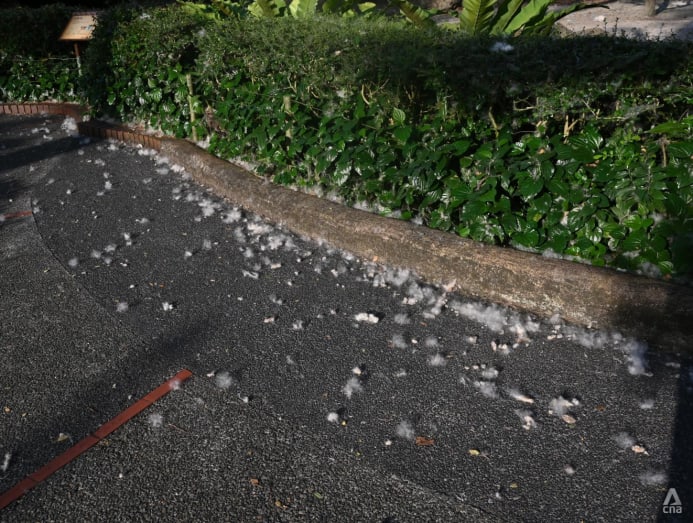
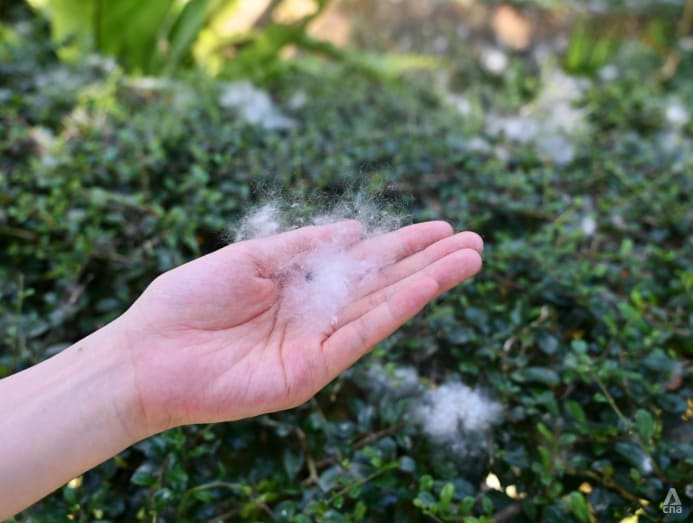
6.45pm: For dinner, there’s a variety of dishes which I was asked to choose from at the start of the day. I’d chosen the “Mala Xiang Guo Chicken with rice” and the serving was quite generous that I struggled to finish – which also meant I didn’t even have to think about supper later on!
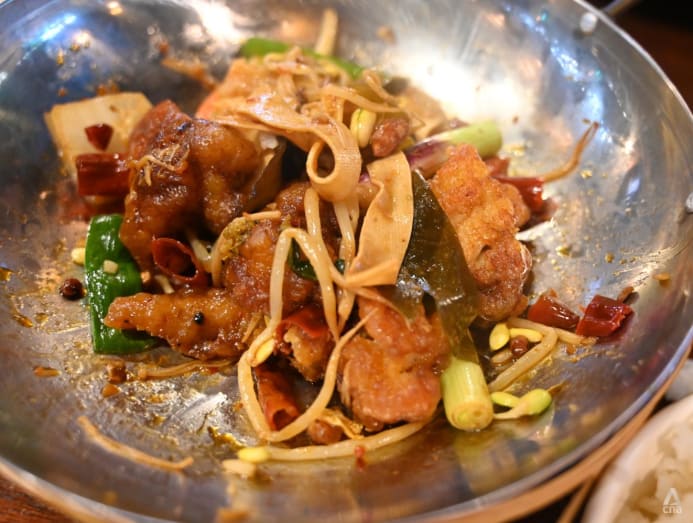
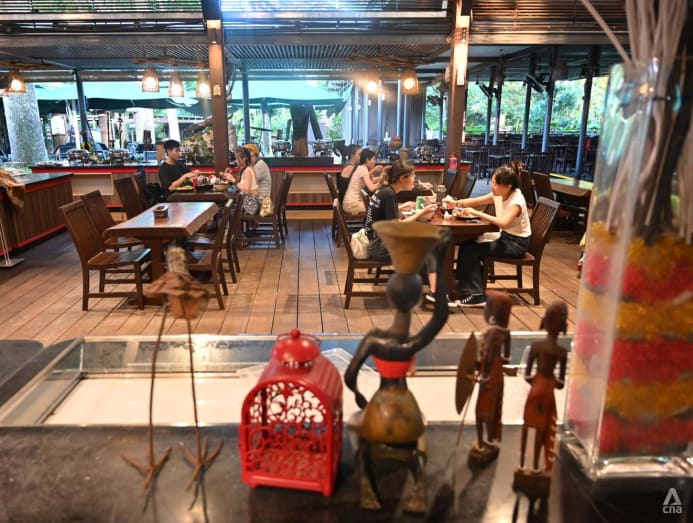
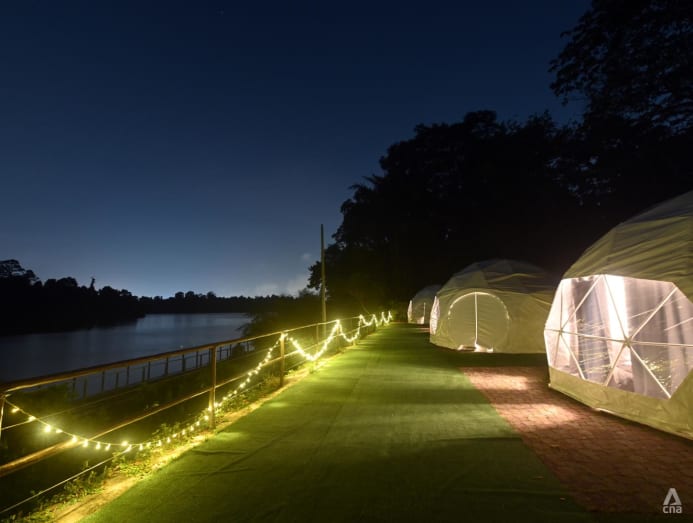
8.00pm: Finally, the moment of truth I had been waiting for – getting to see the glamping tent and taking in all the fresh air at the site, which is situated right beside Upper Seletar Reservoir. Being welcomed by fairy lights dangling on the rails, lighting up the footpath, was such a nice touch.
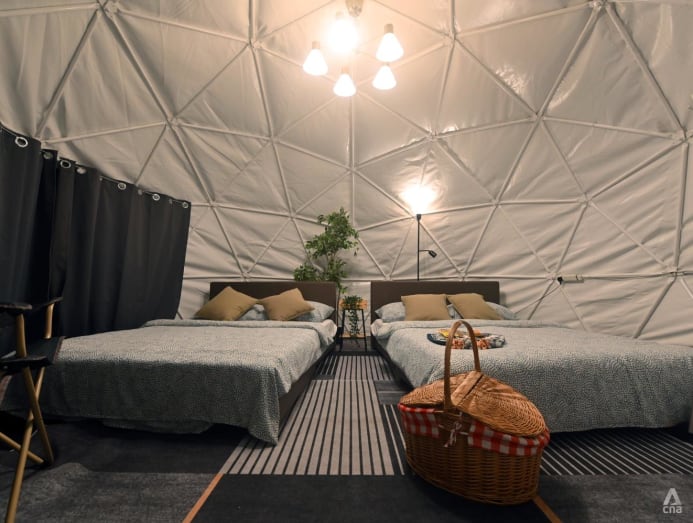
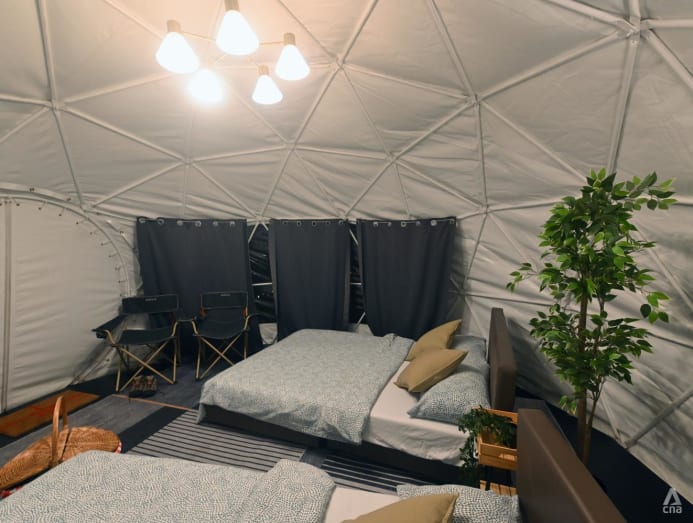
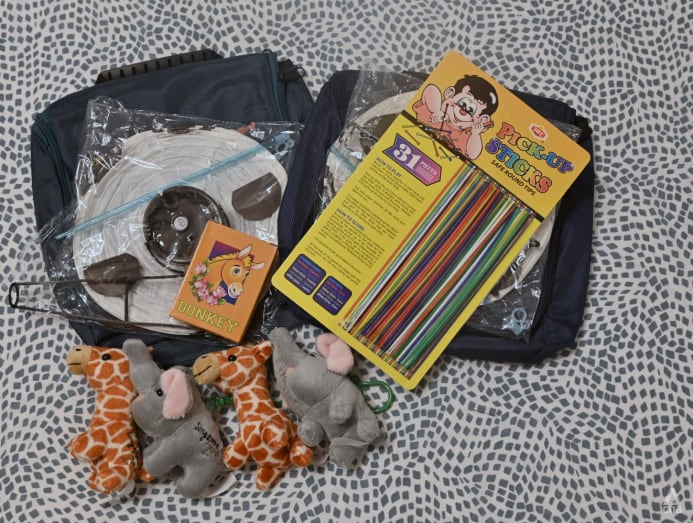
8.10pm: Entering the dome tent for the first time was exciting. It looked way more spacious from the inside. Each air-conditioned tent fits up to four people and are 6m by 6m in size. It had two double beds with blankets, four pillows and four cushions. On top of the portable air-conditioner provided in the tent, which far exceeded its job of cooling the room, there was also a fan provided.
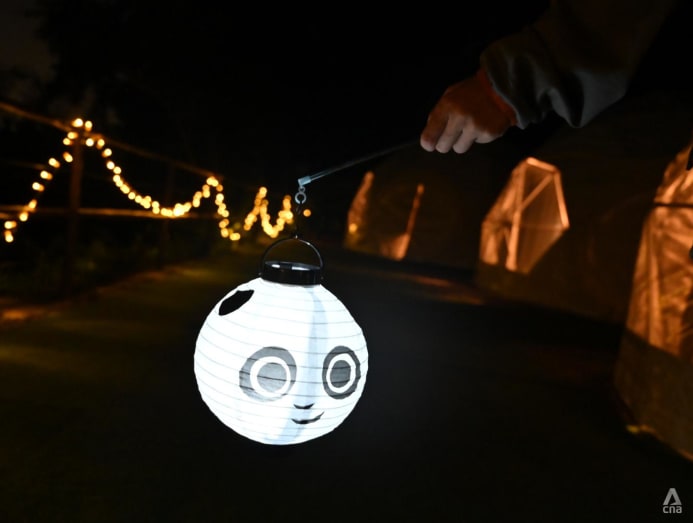
You could, of course, stay inside and enjoy the aircon and the room’s warm moody lighting, but they also provided two portable chairs you could bring outdoors. And since there were two lanterns included in the welcome gift pack, I decided to use one and take a stroll outside to enjoy the natural breeze.
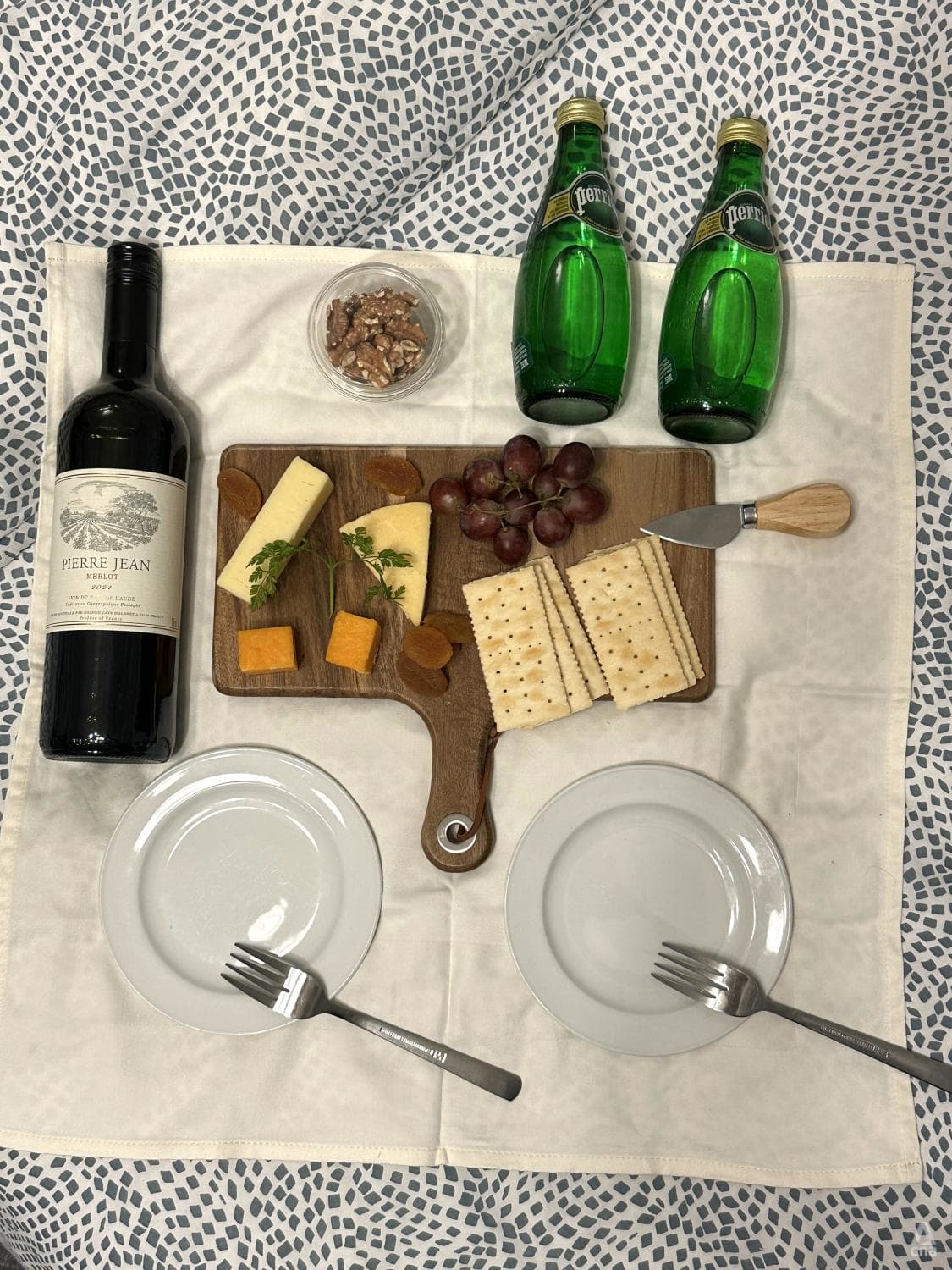
9.30pm: After a quick shower to freshen up, I decided to take advantage of the tent and enjoy the cheese platter. There are two optional add-on baskets that guests can pre-order for a price: The “Wine Down” or the “Wild Supplies”. I opted for the former.
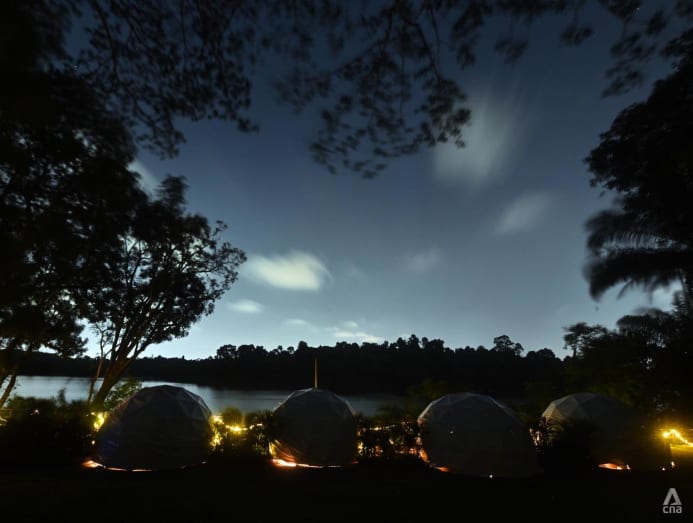
10.30pm: It was finally lights out for me – but you don’t have to as long as you stay within the glamping site, which is demarcated by the lights.
DAY 2
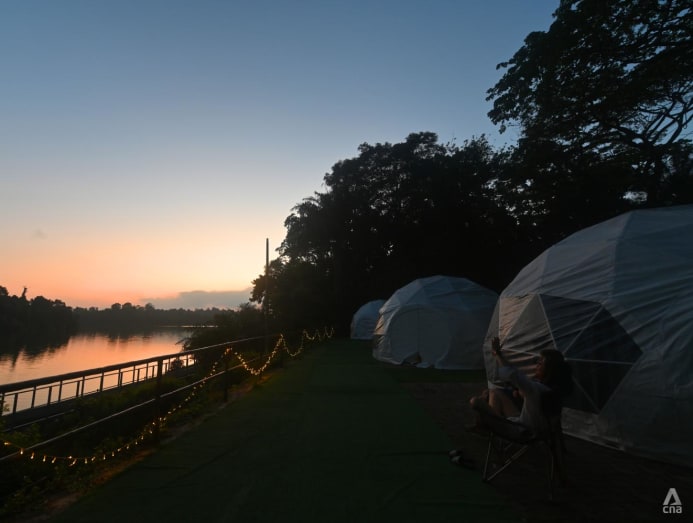
7.00am: I was up early to catch the sunrise. It wasn't a moment that I wanted to miss and neither did most of the guests.
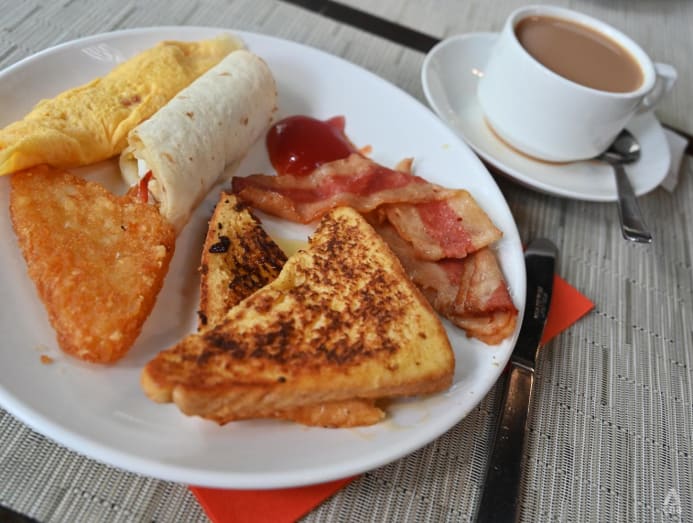
9.00am: After packing up my bags, we went back to Ah Meng Restaurant for breakfast, a spread of local and international flavours, which came with a view.
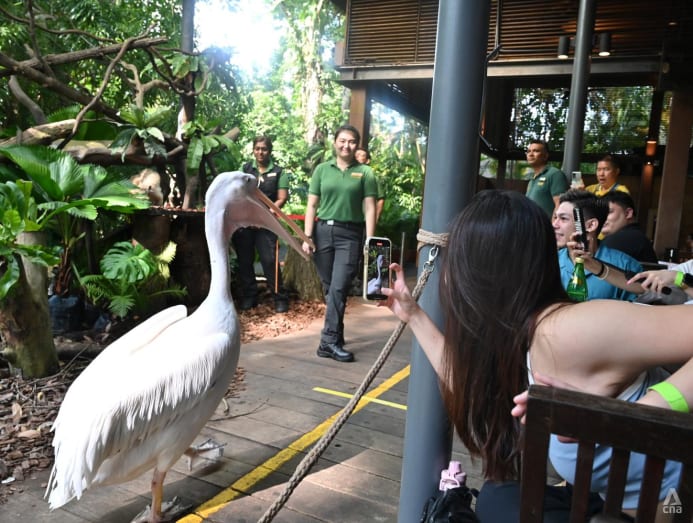
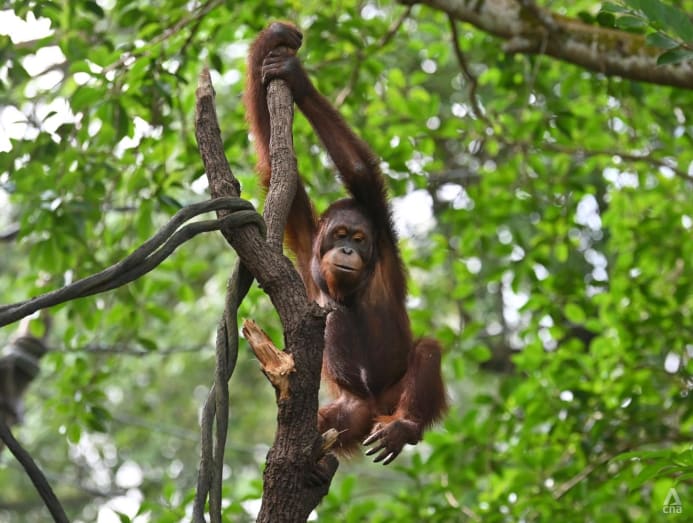
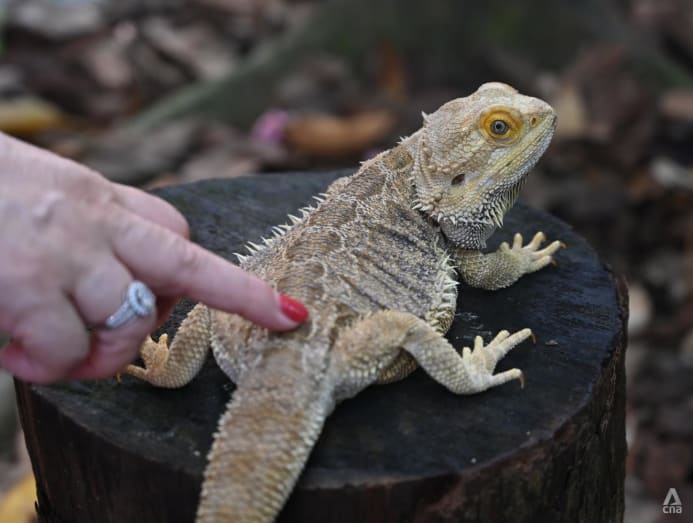
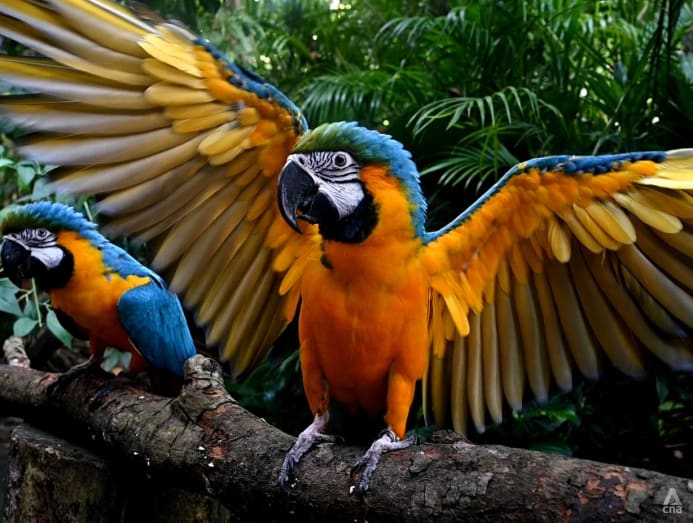
And some cameos from the zoo’s residents. As guests, we had reserved seats all the way at the front, and priority to get our pictures taken with the animals over the regular restaurant patrons. This experience definitely brightened up my day, as I got to go up-close and personal with animals such as the great white pelican. It’s also not every day you get to feed a reptile while it politely keeps still for you.
10.00am: Do all good things really have to come to an end? Wrapping up breakfast marked the end of our Glamping In The Wild experience.
And it has truly been a refreshing one for me, despite having gone to the Singapore Zoo multiple times. The programme’s given me some fresh perspectives about a place I thought I already knew, by visiting areas that aren’t accessible to the general public and discovering a little bit more about the inner workings of a zoo. It was definitely a very memorable moment.
For more information on Glamping In The Wild, go here.
Editor’s Note: The taxidermy sculpture of the polar bear mentioned in the story is Sheba and not Inuka as the writer was initially informed by a zoo spokesperson. The story has been updated.








